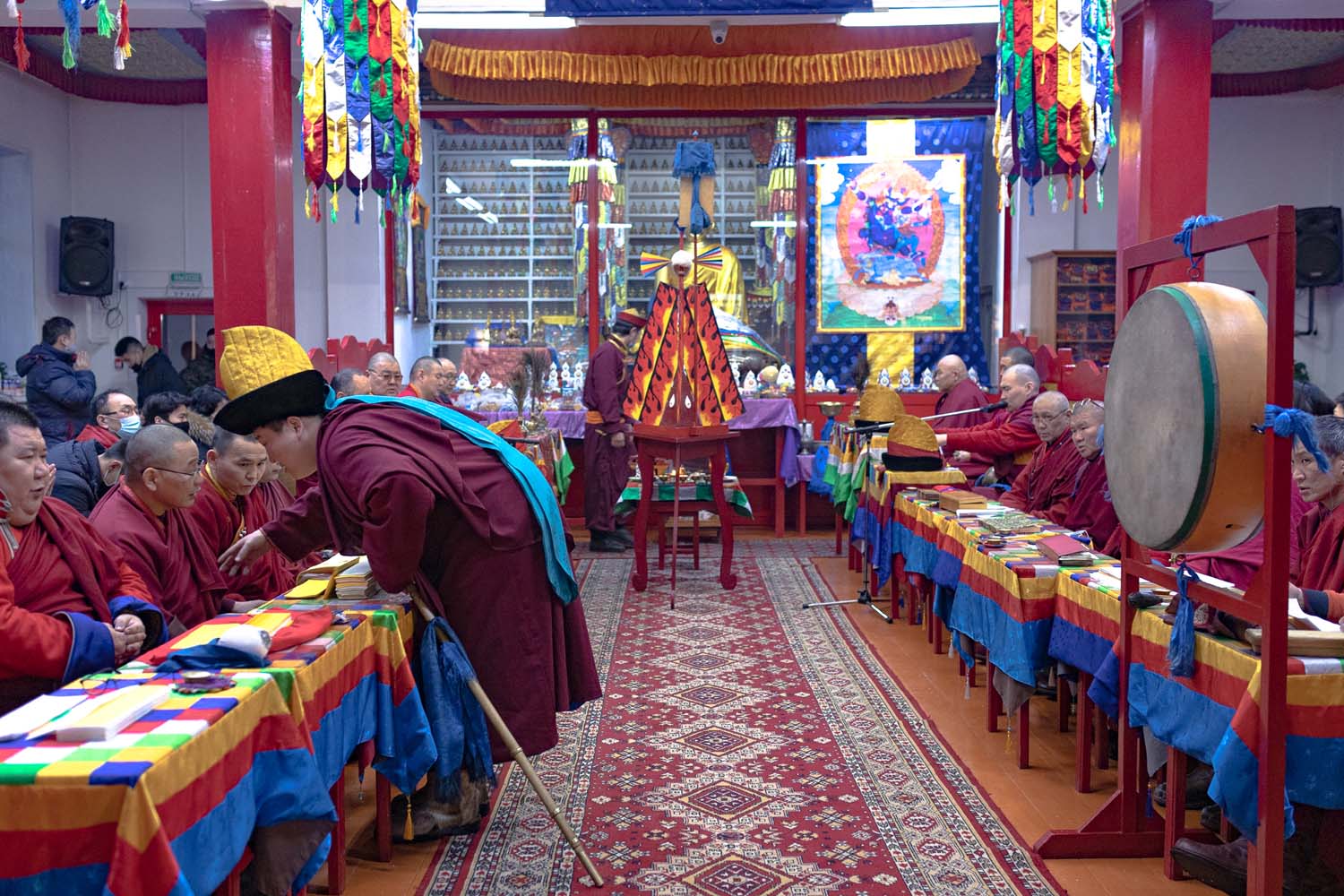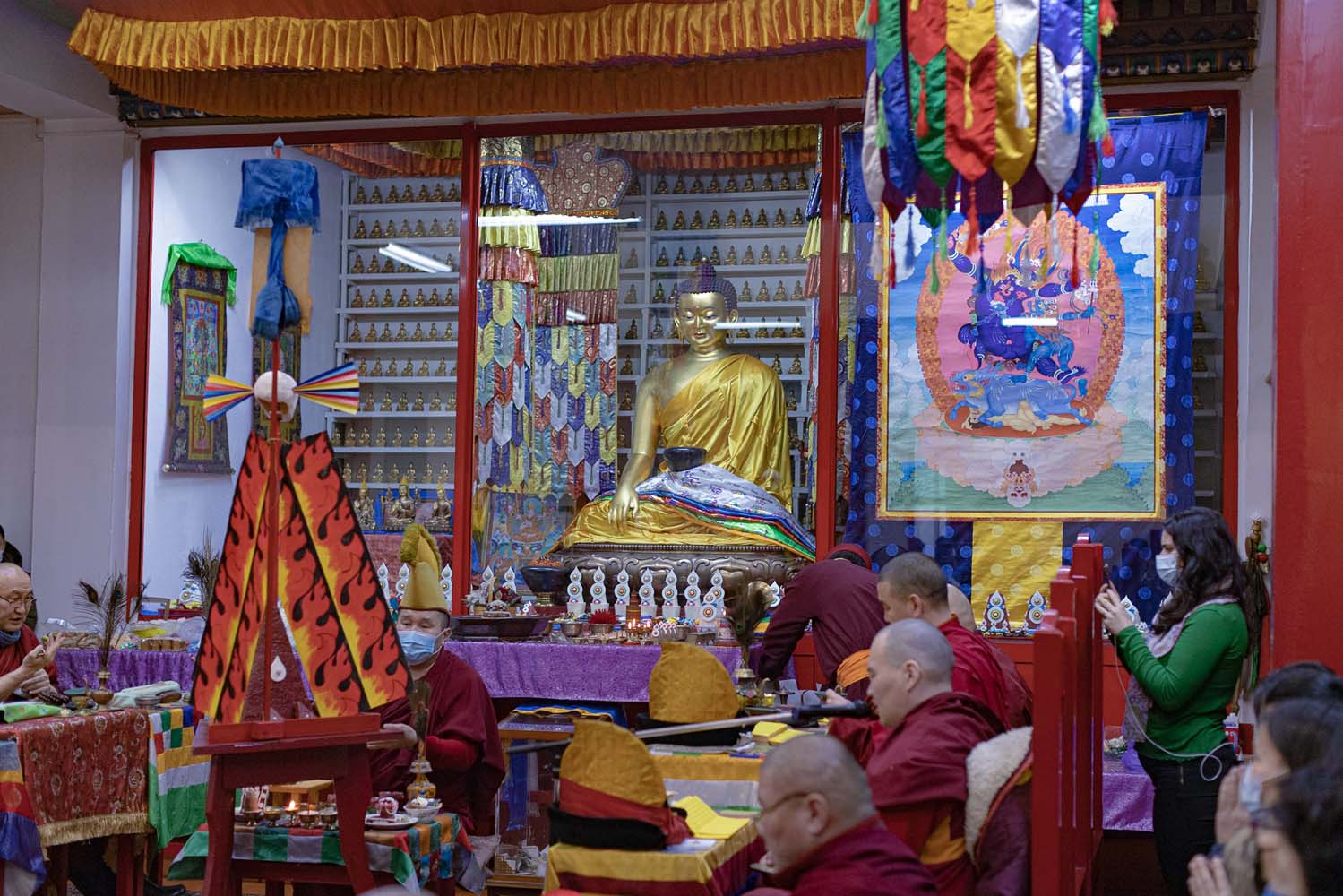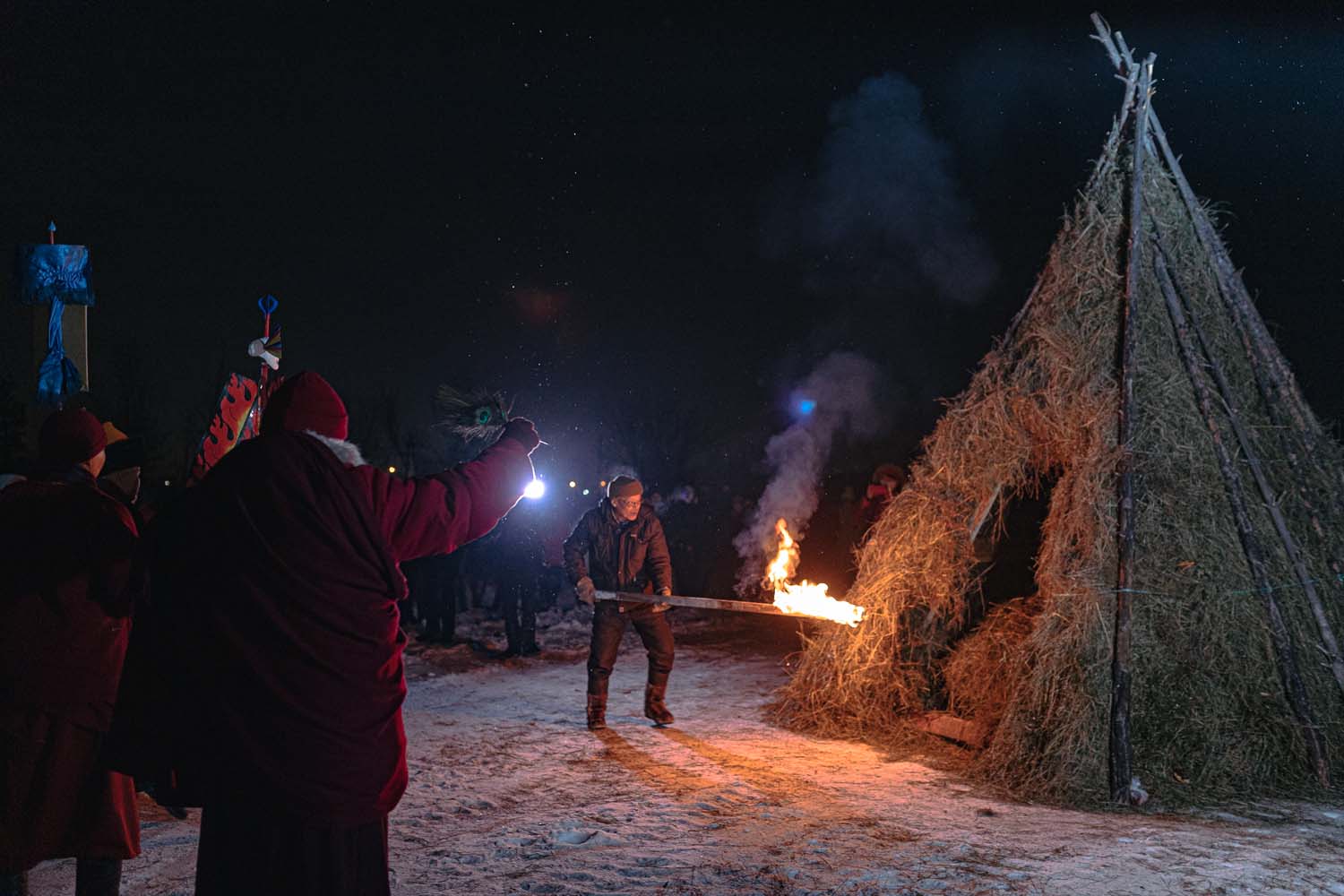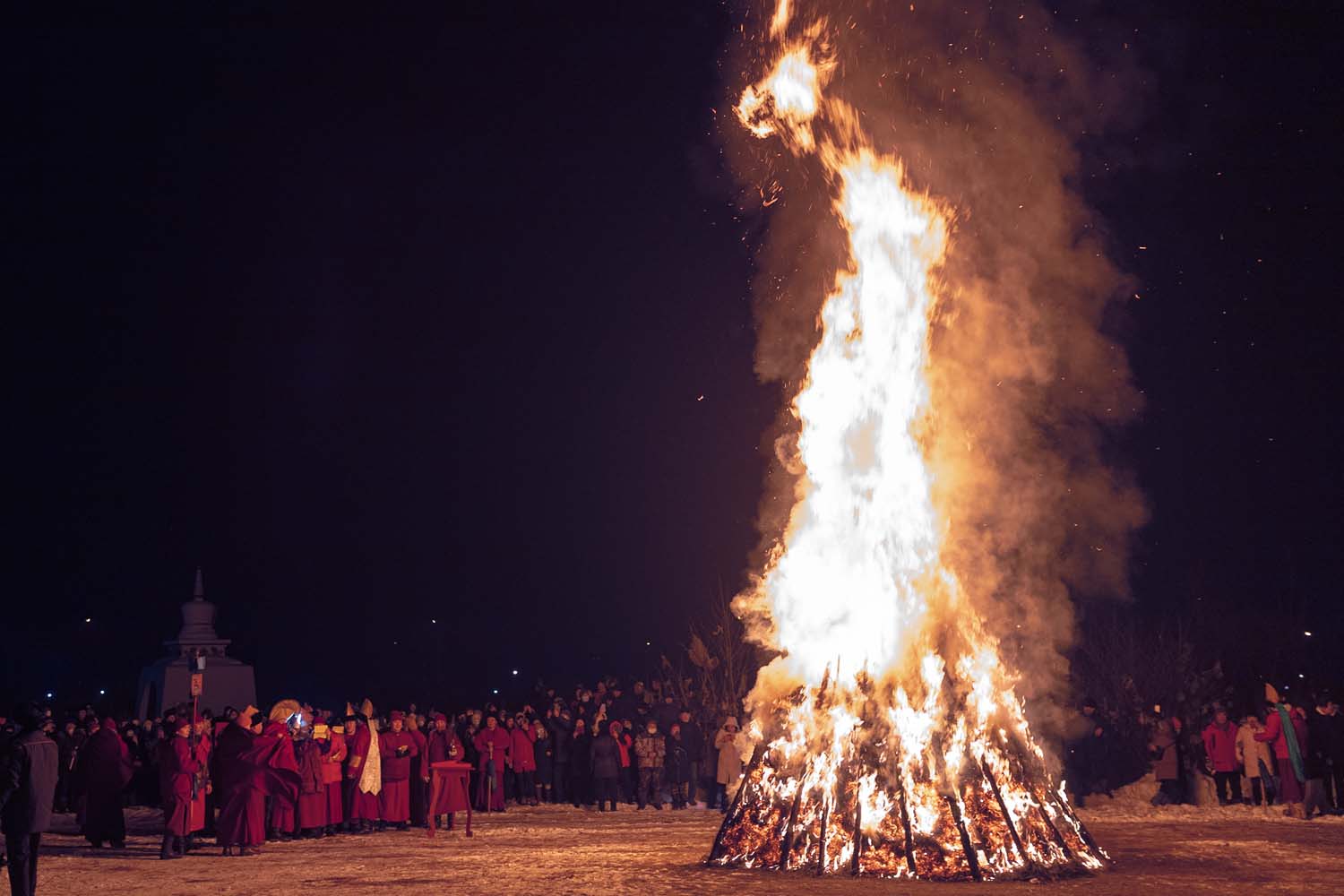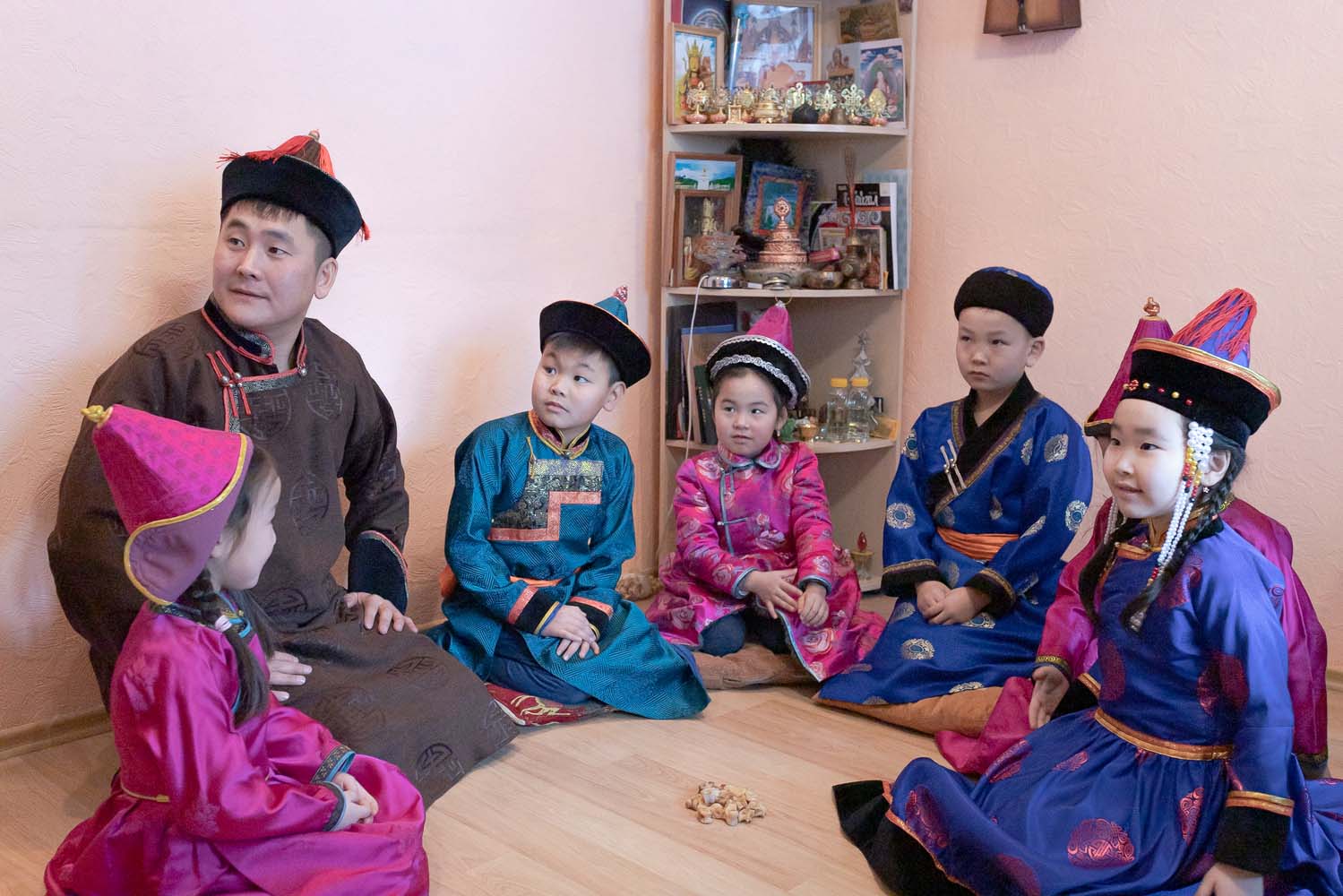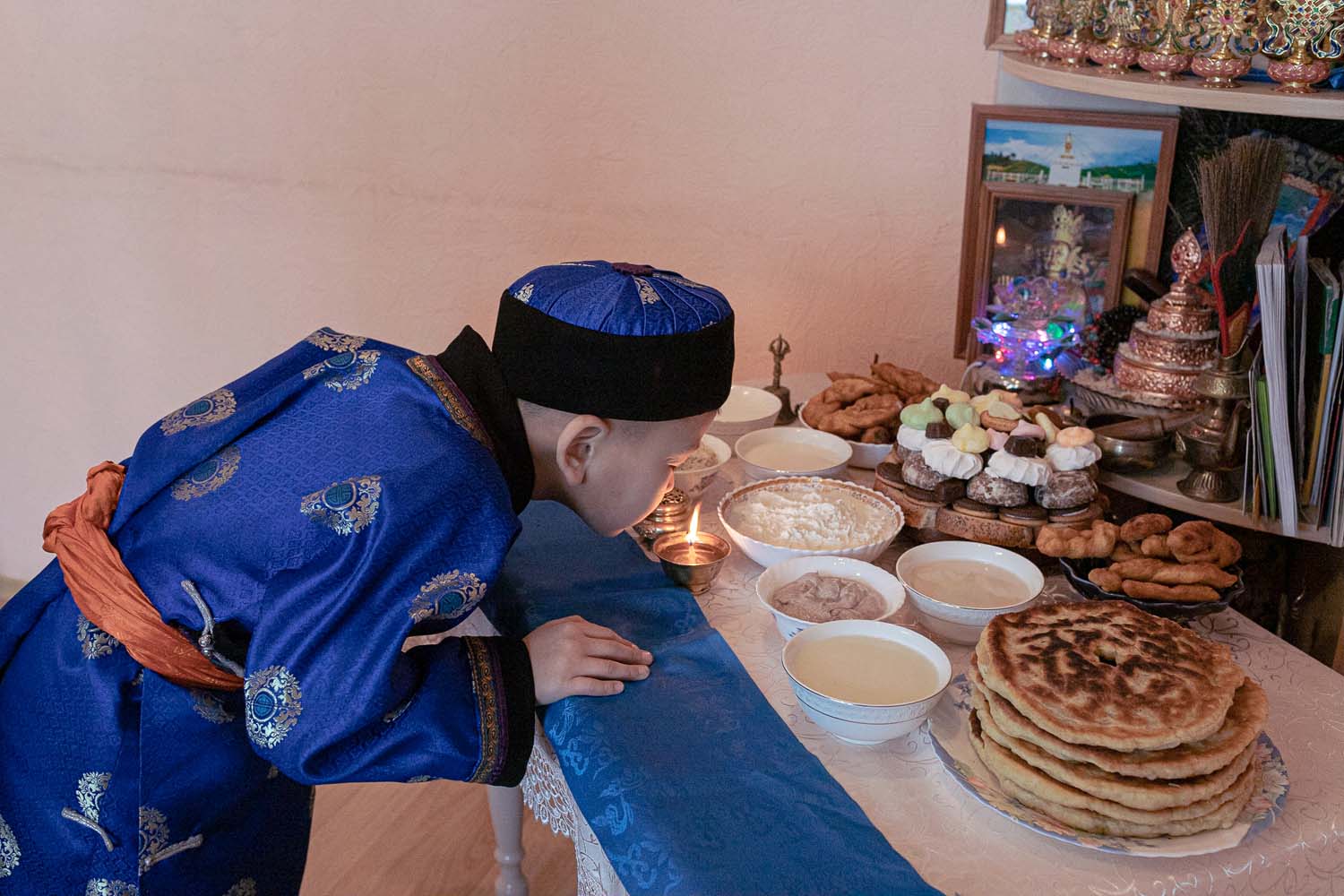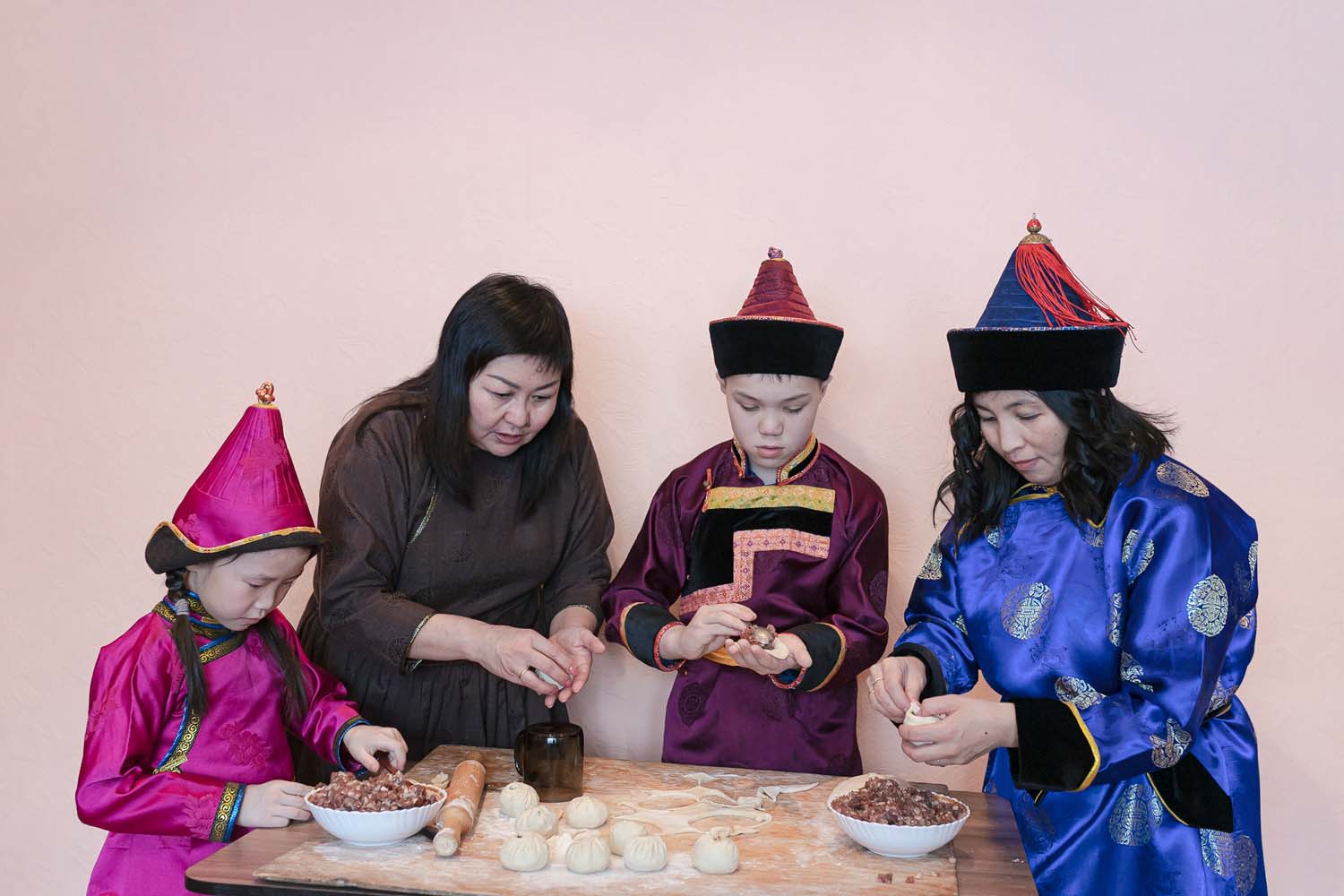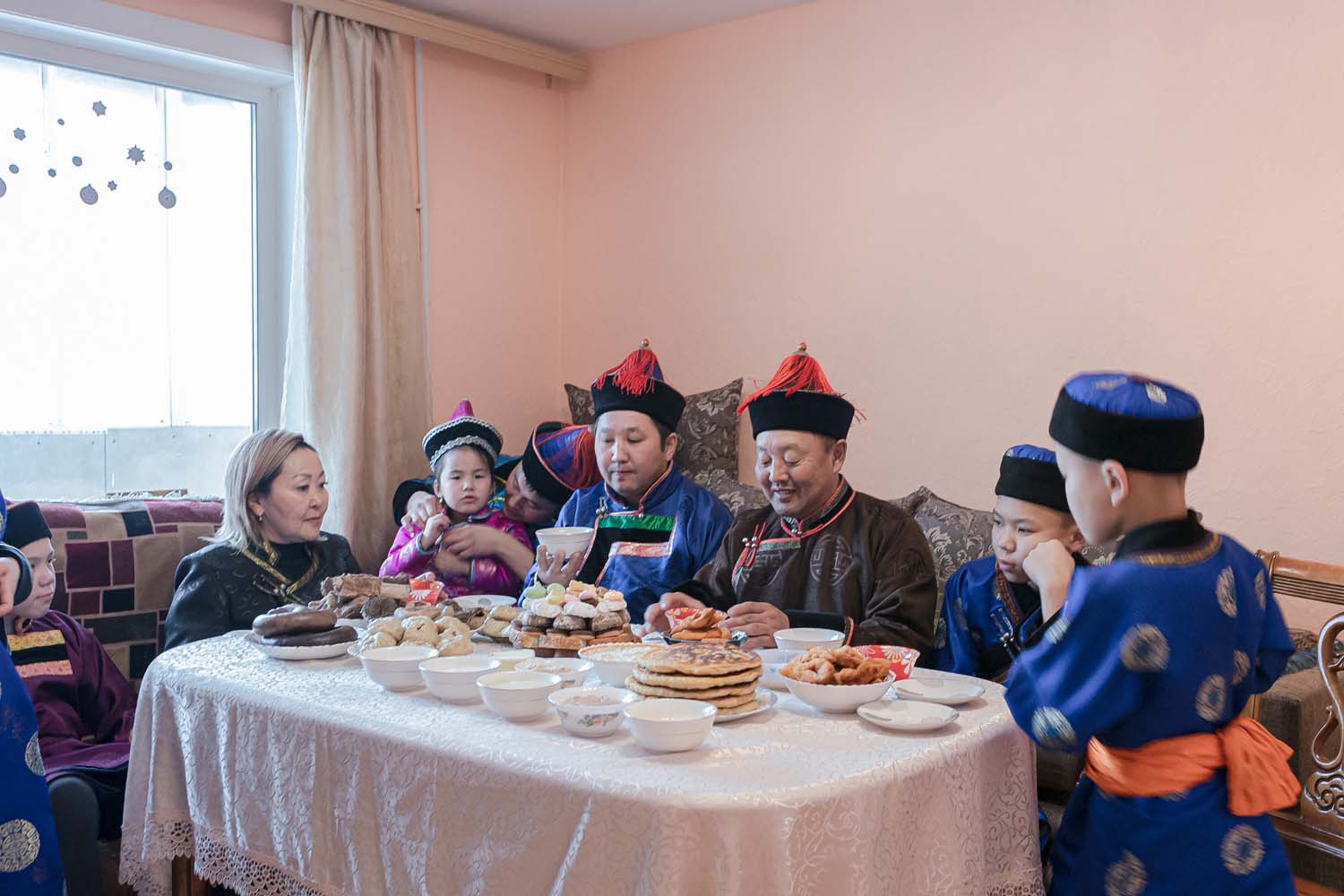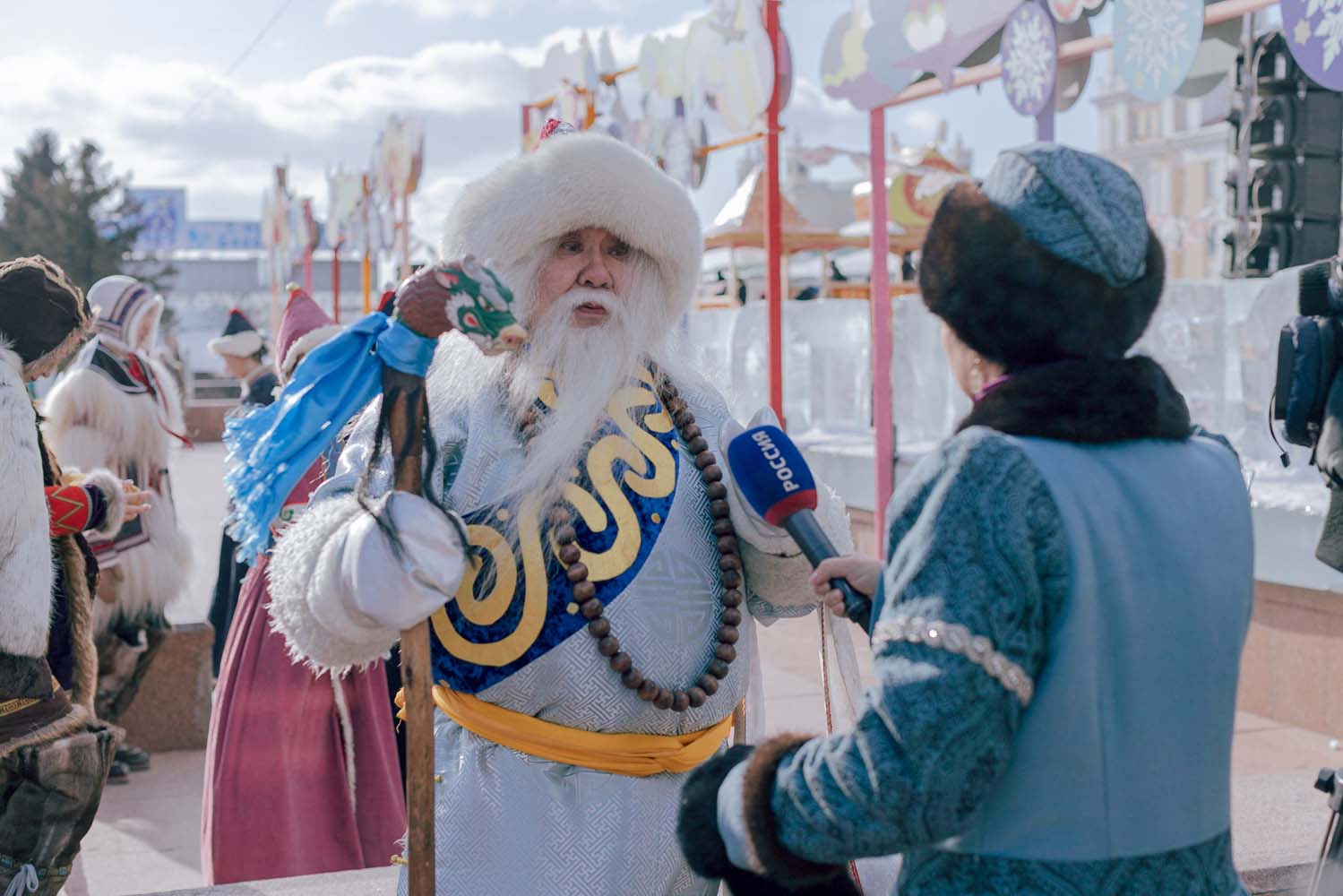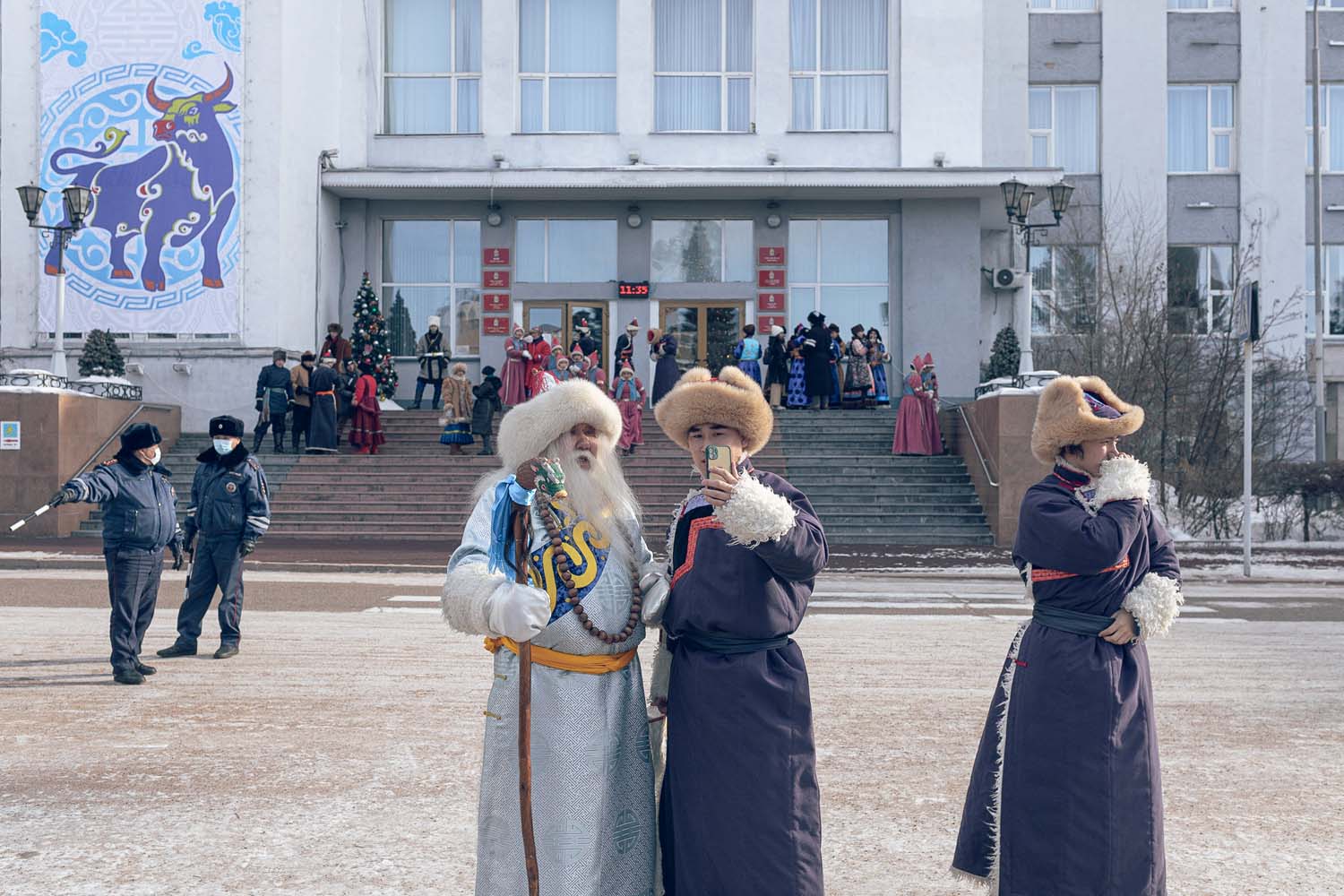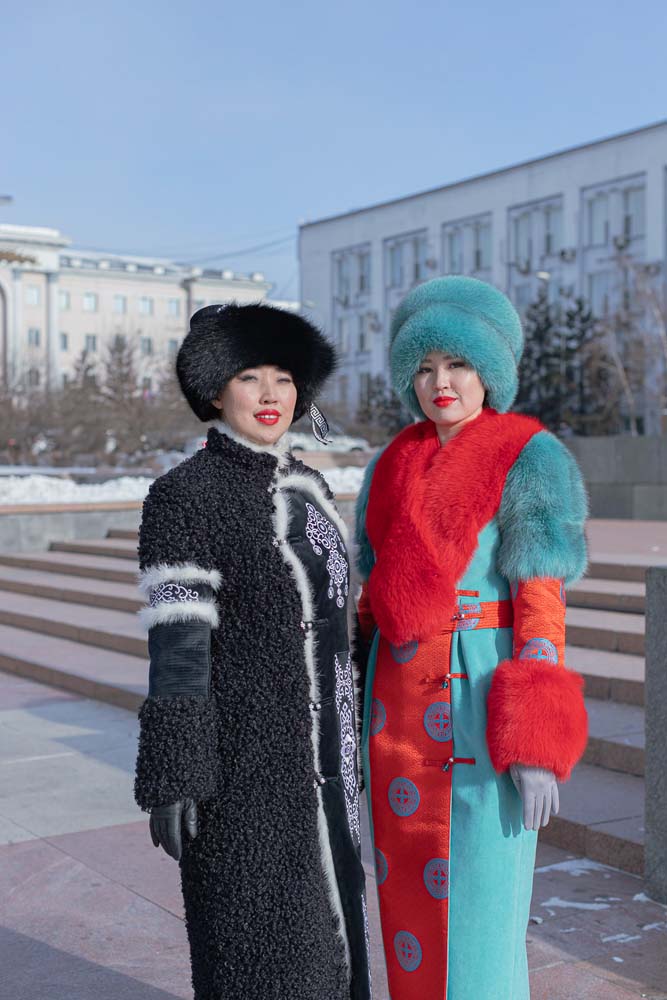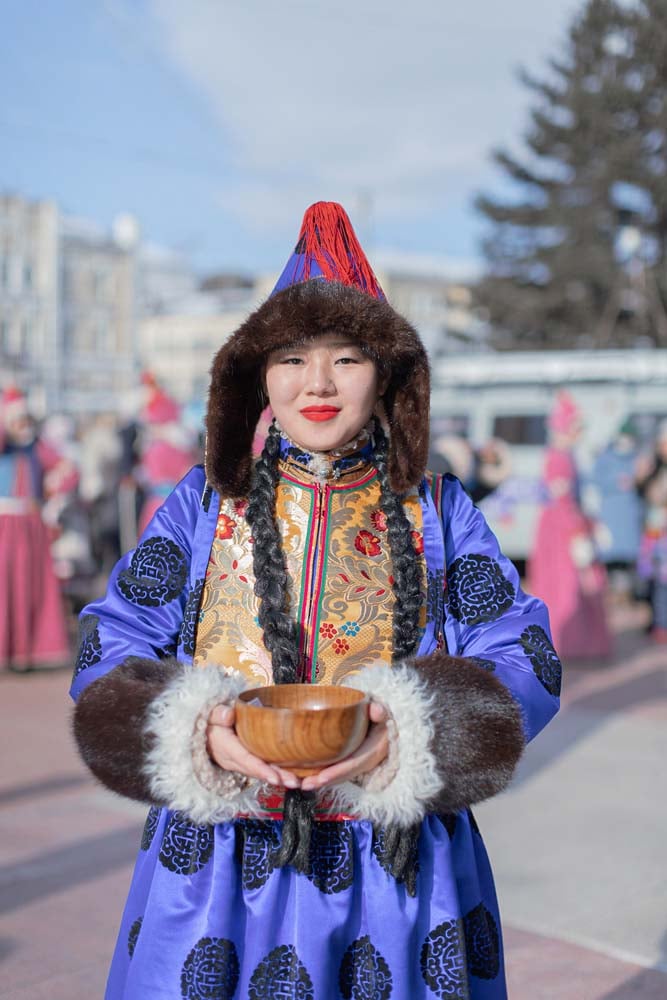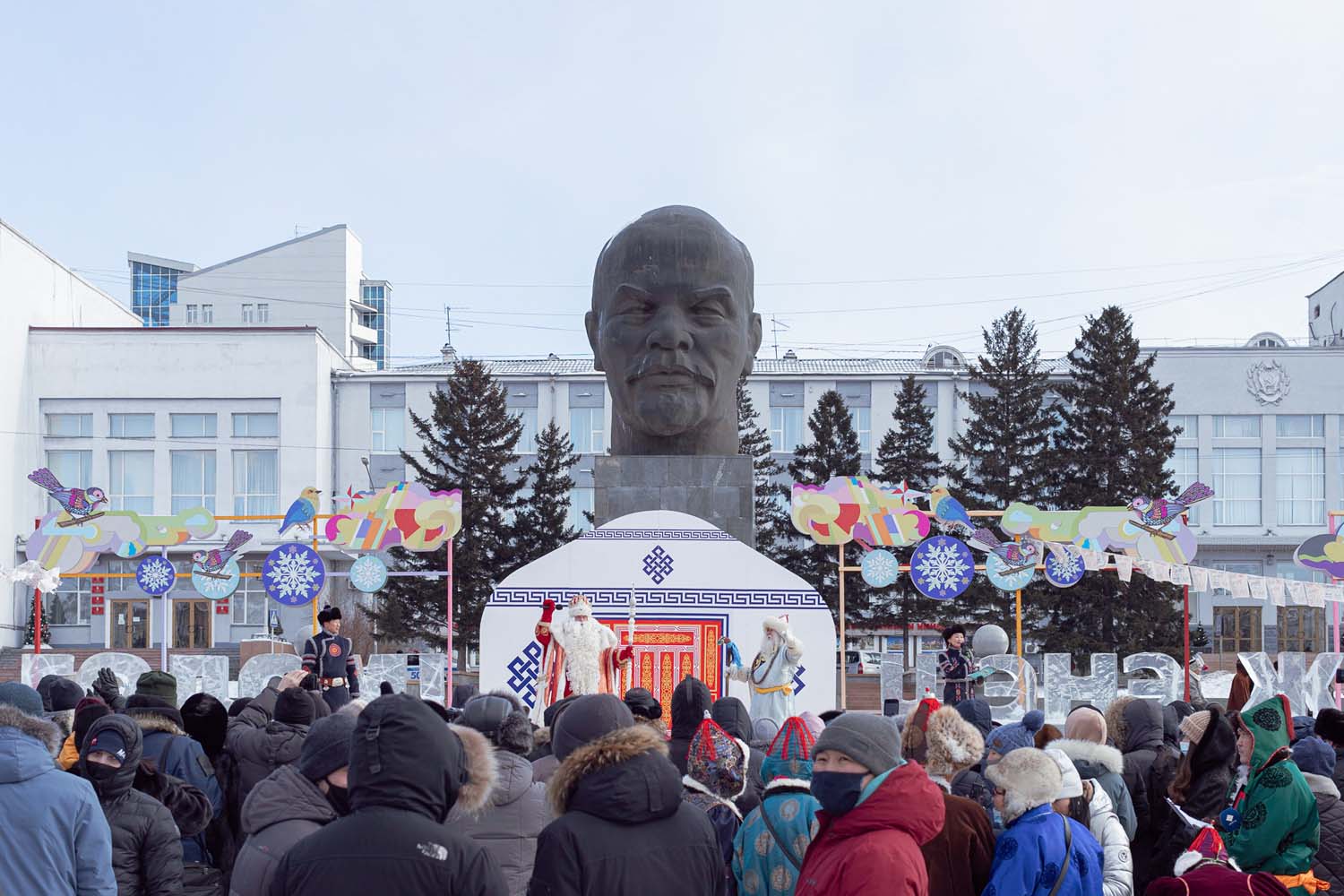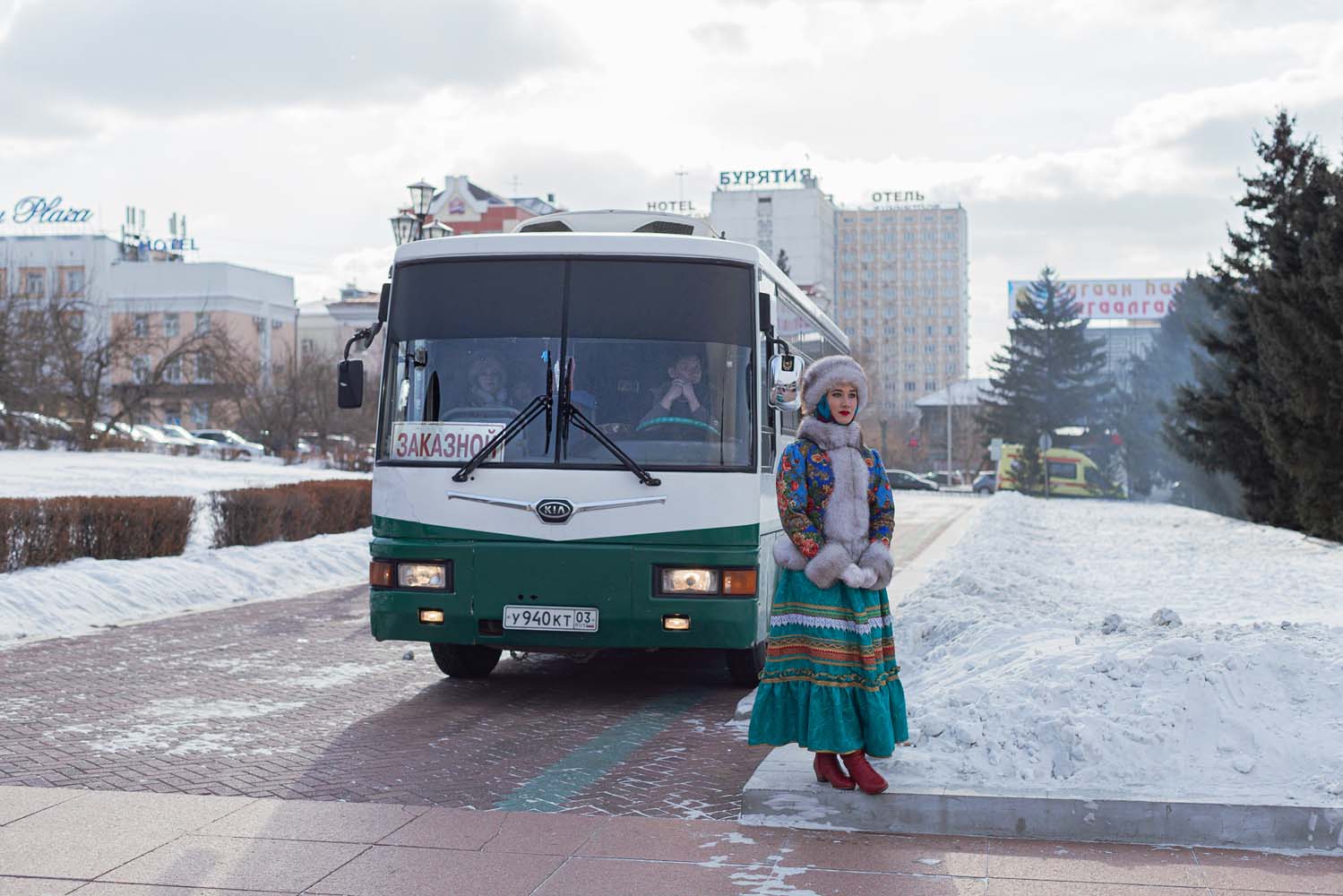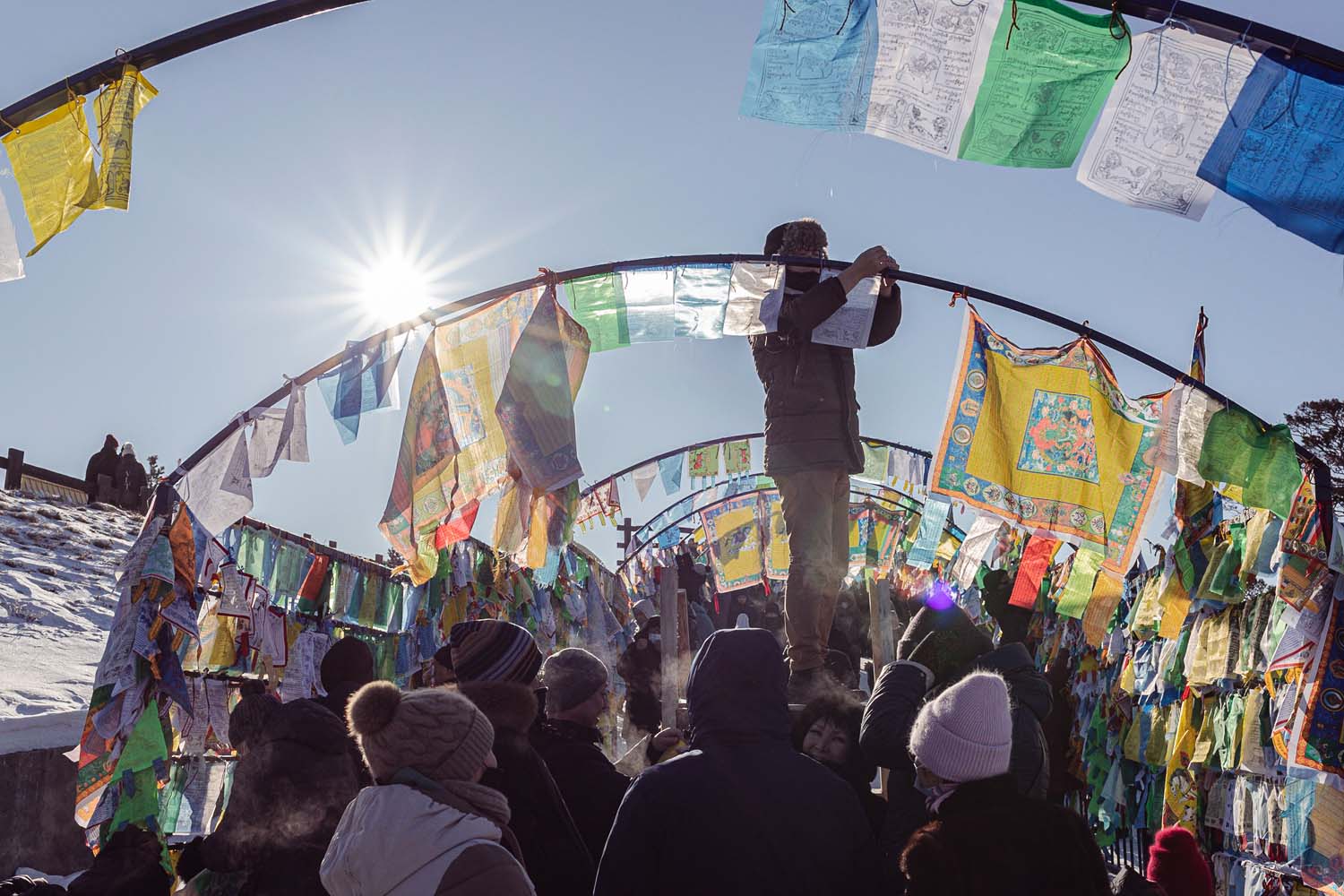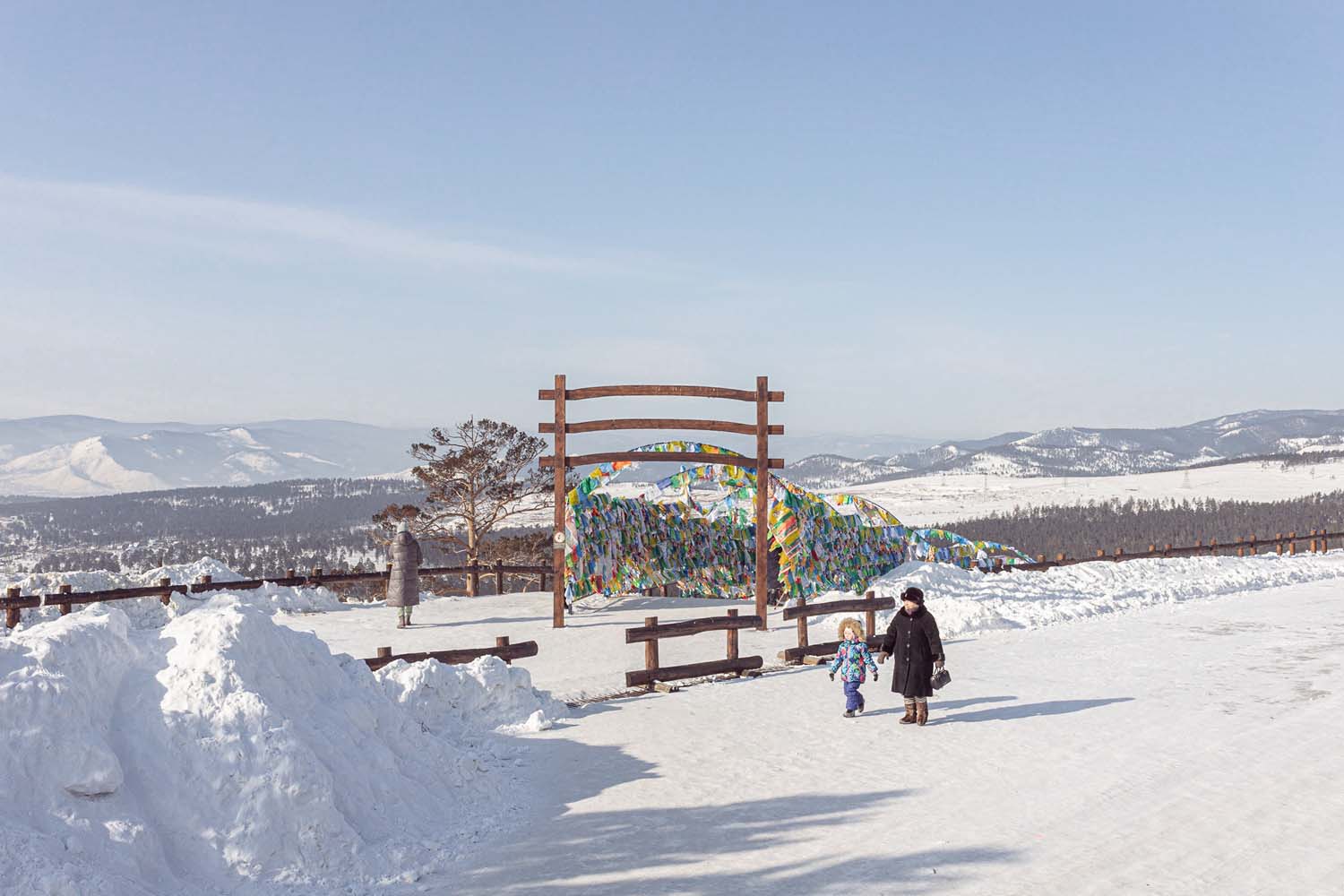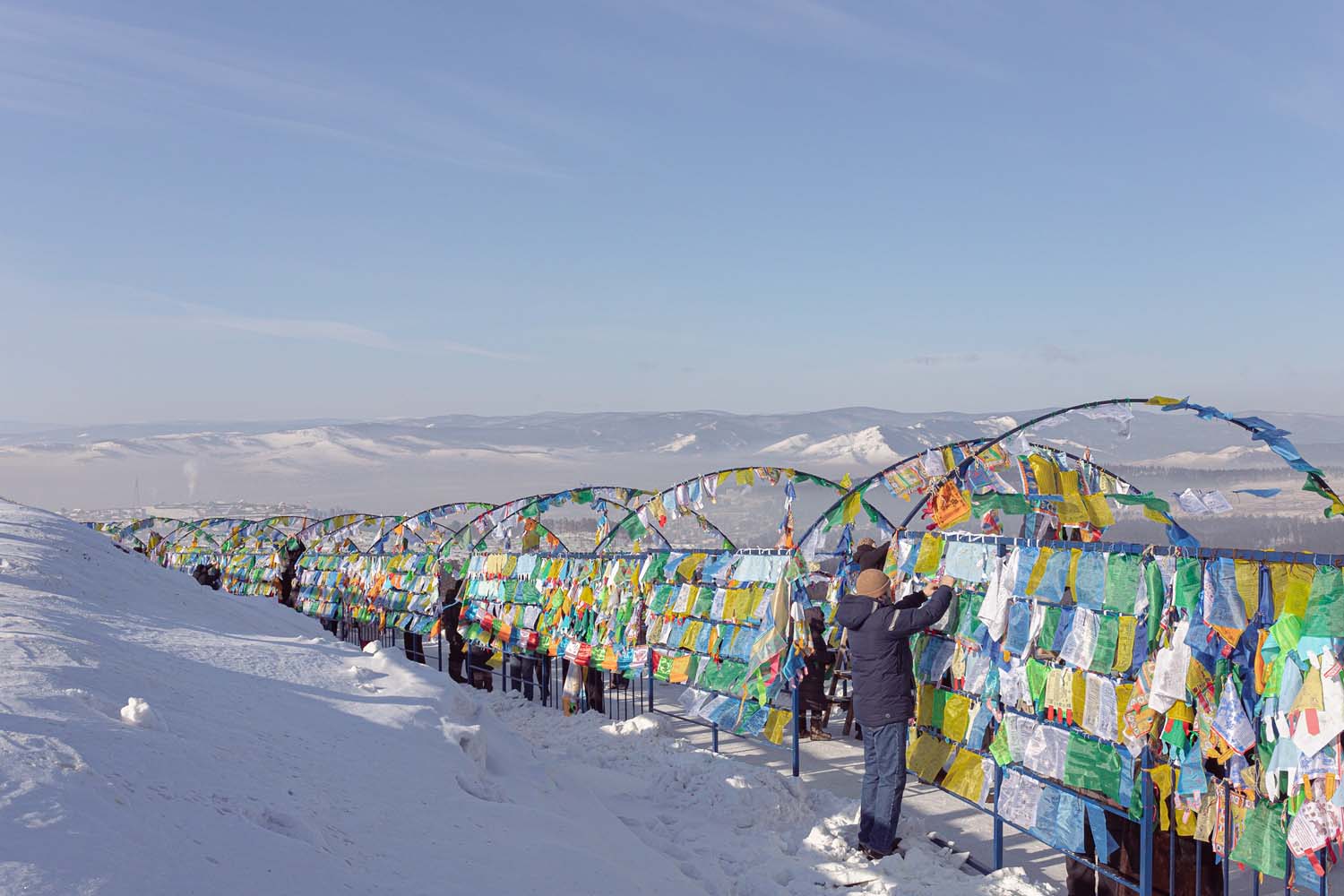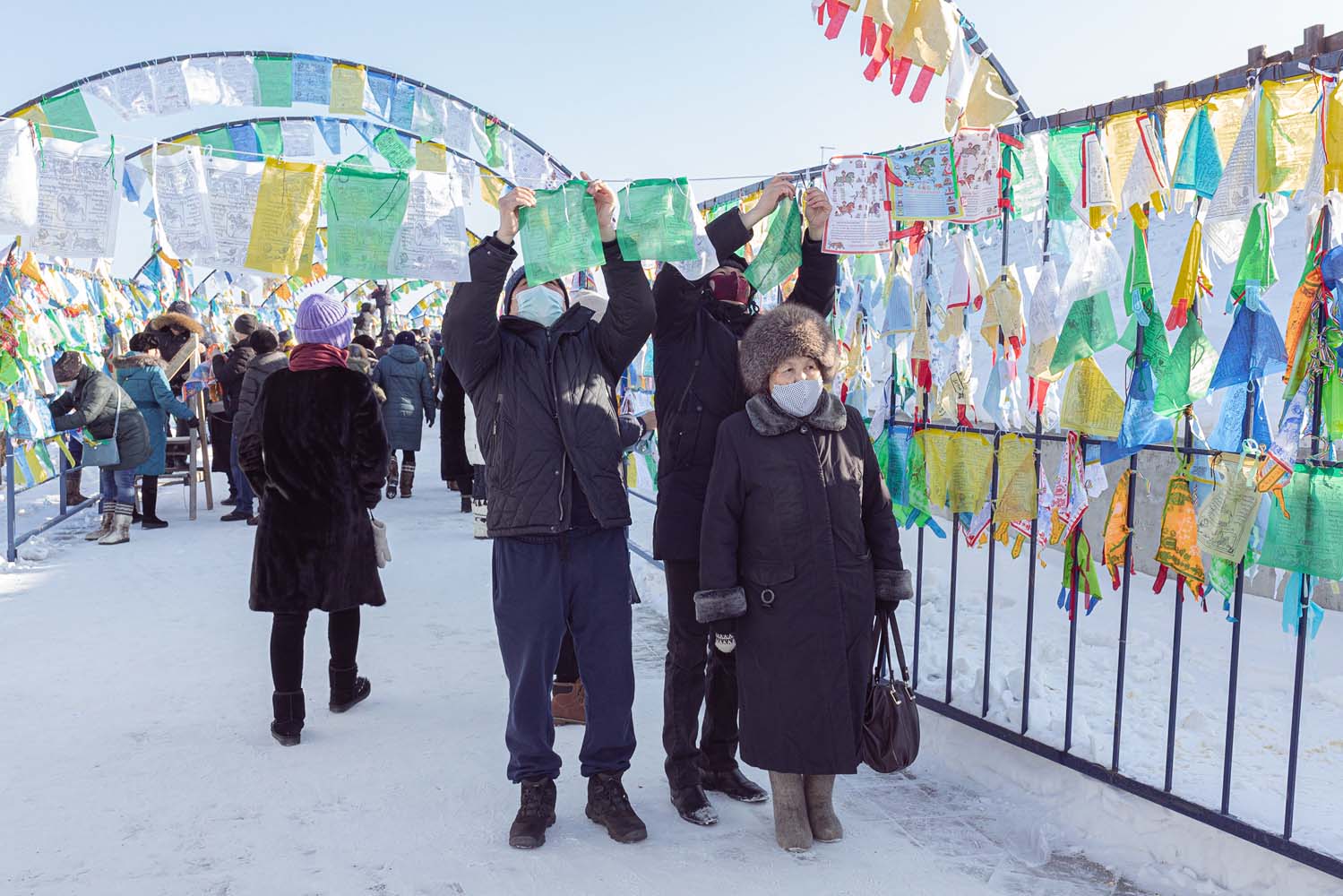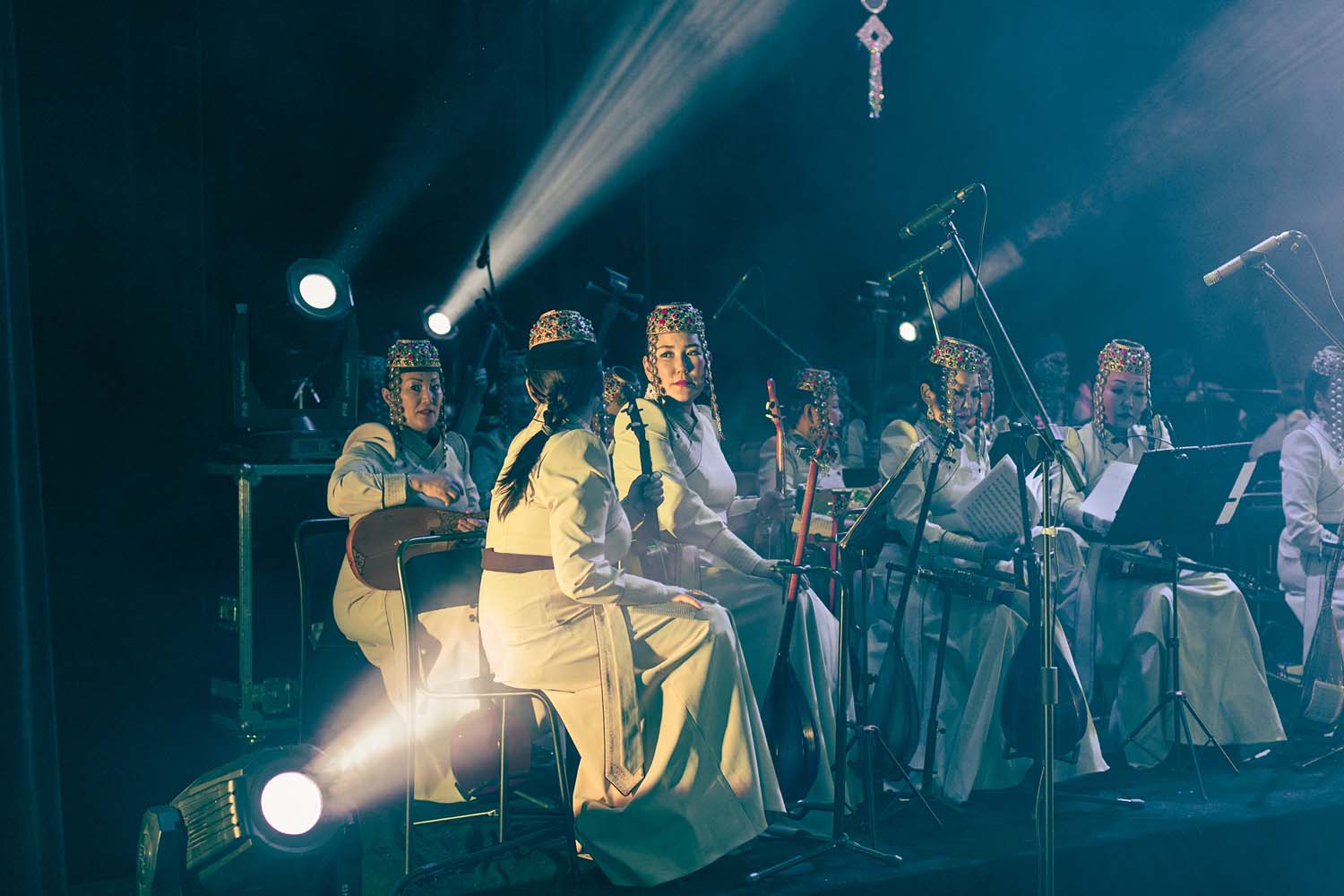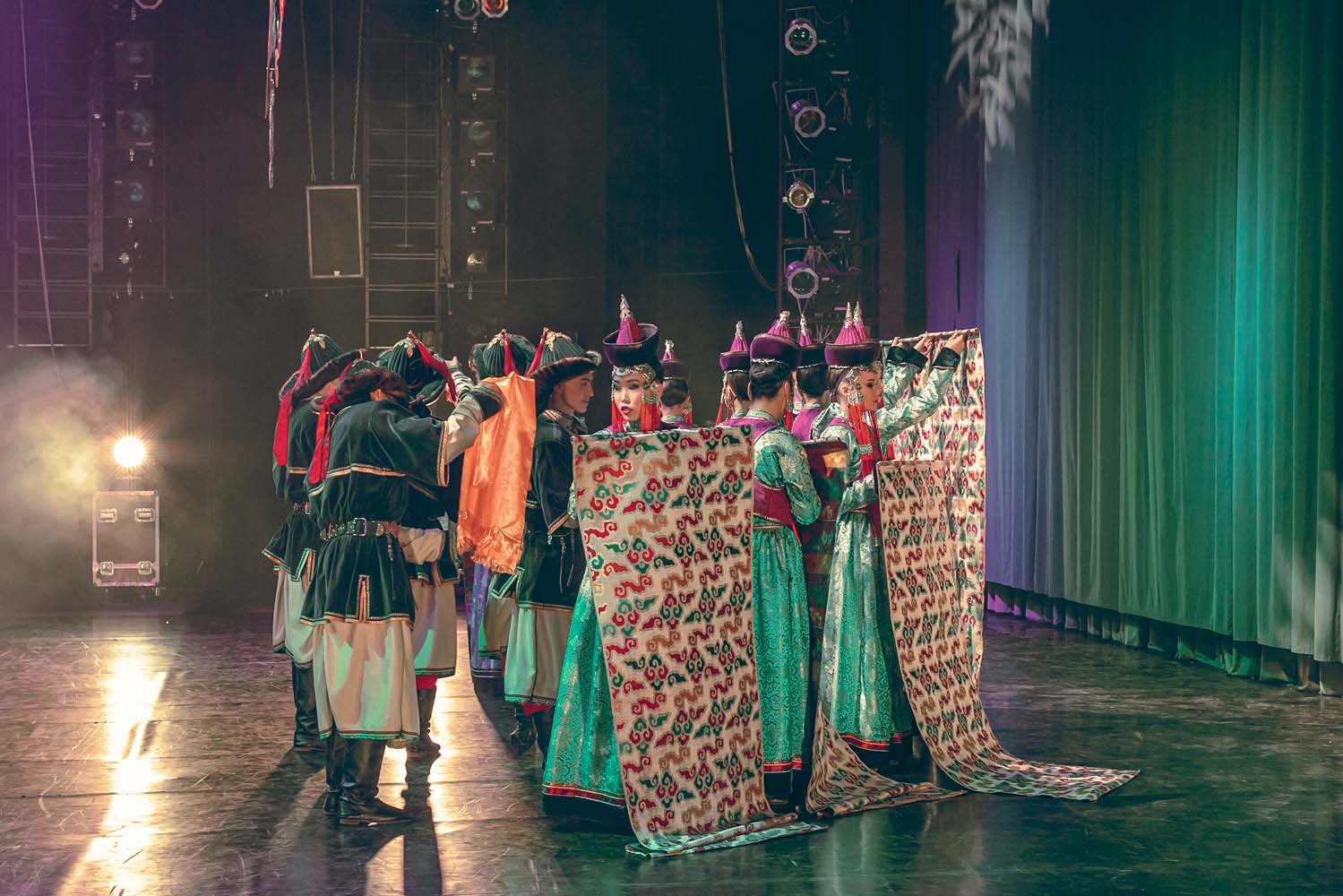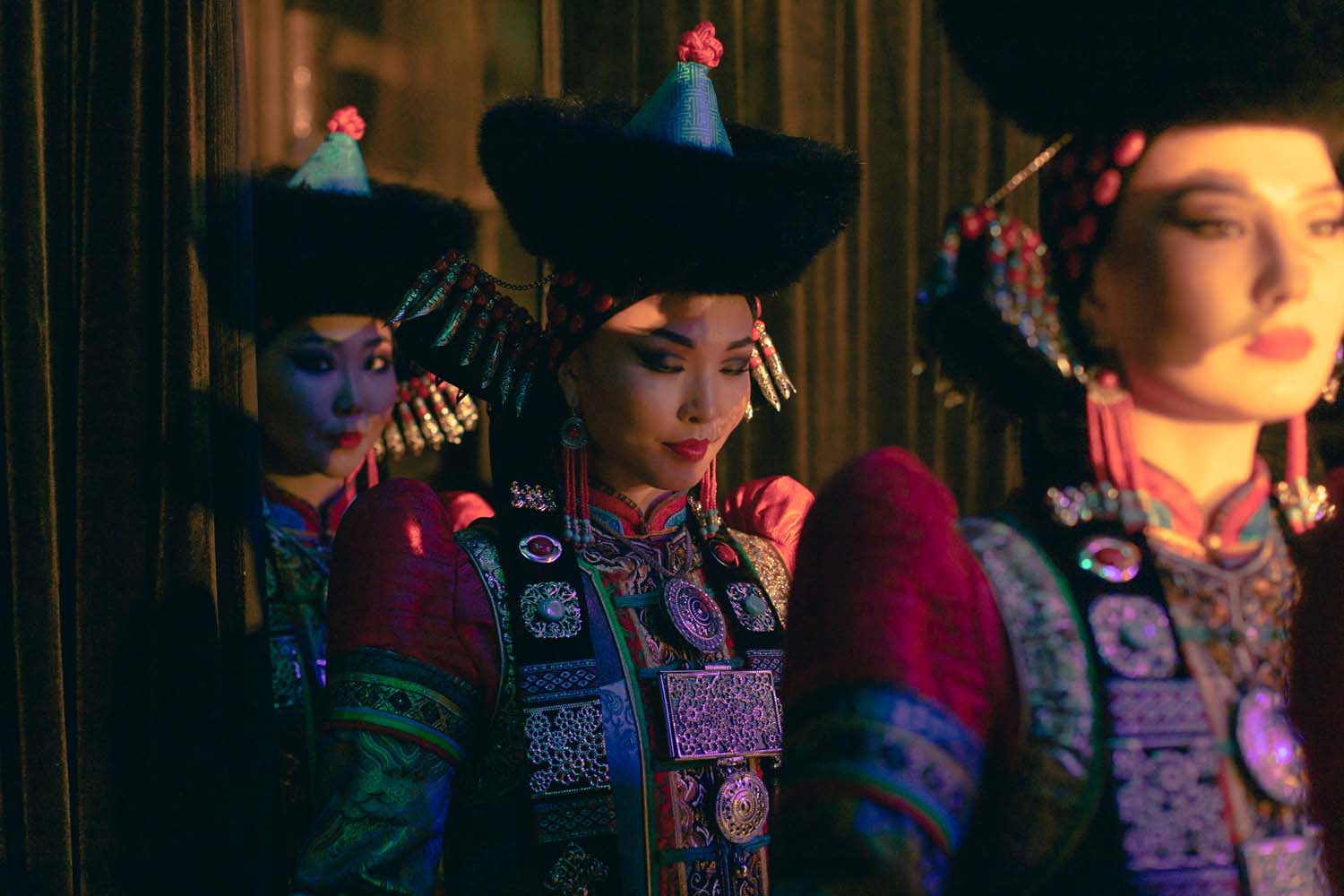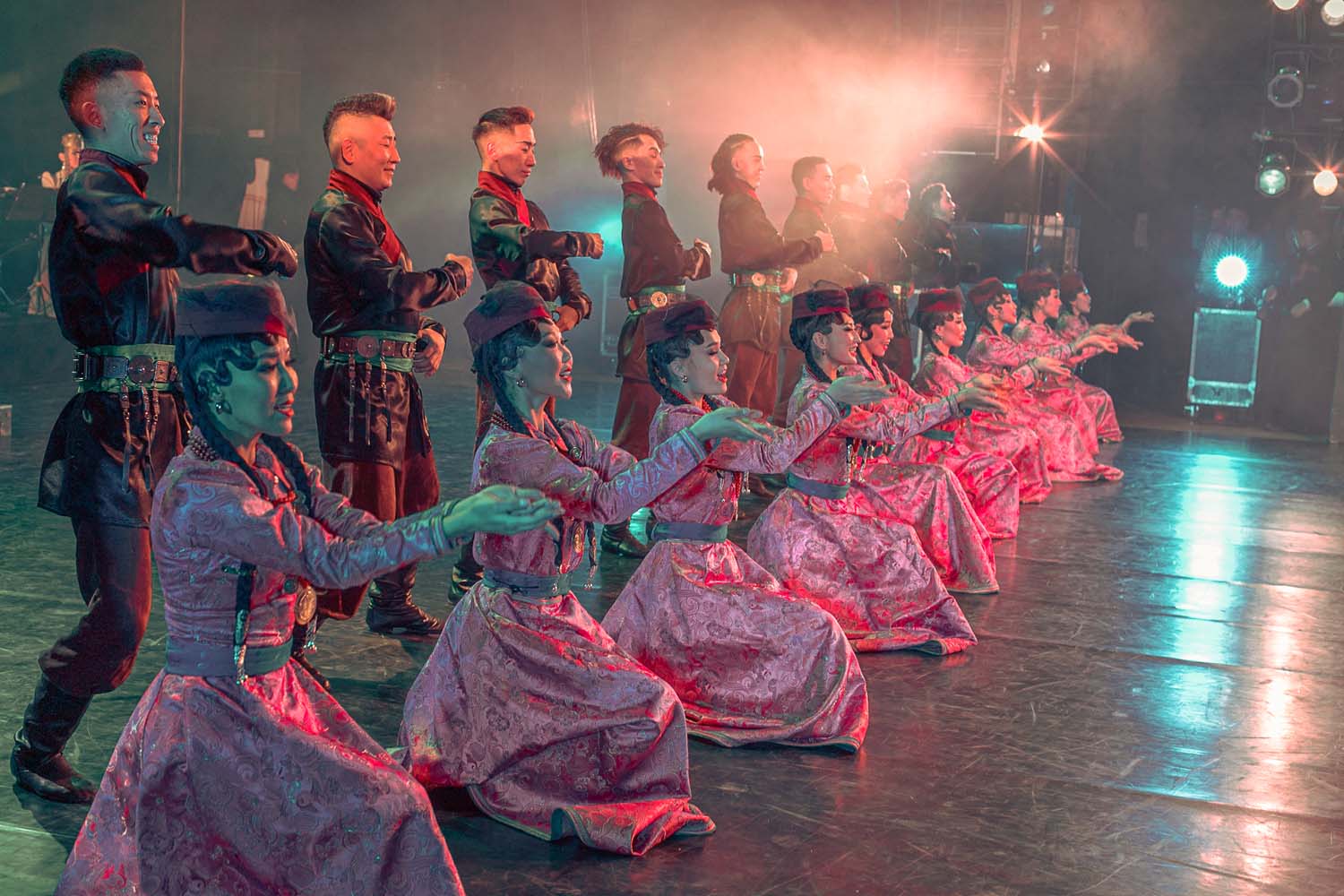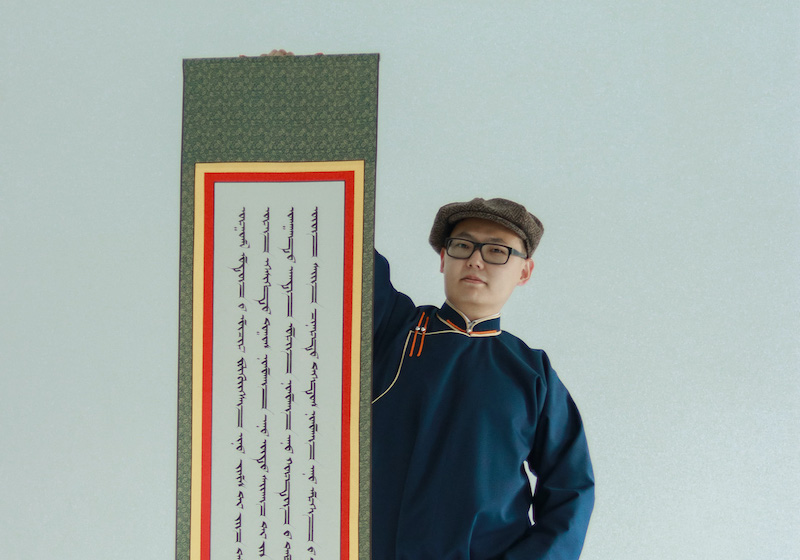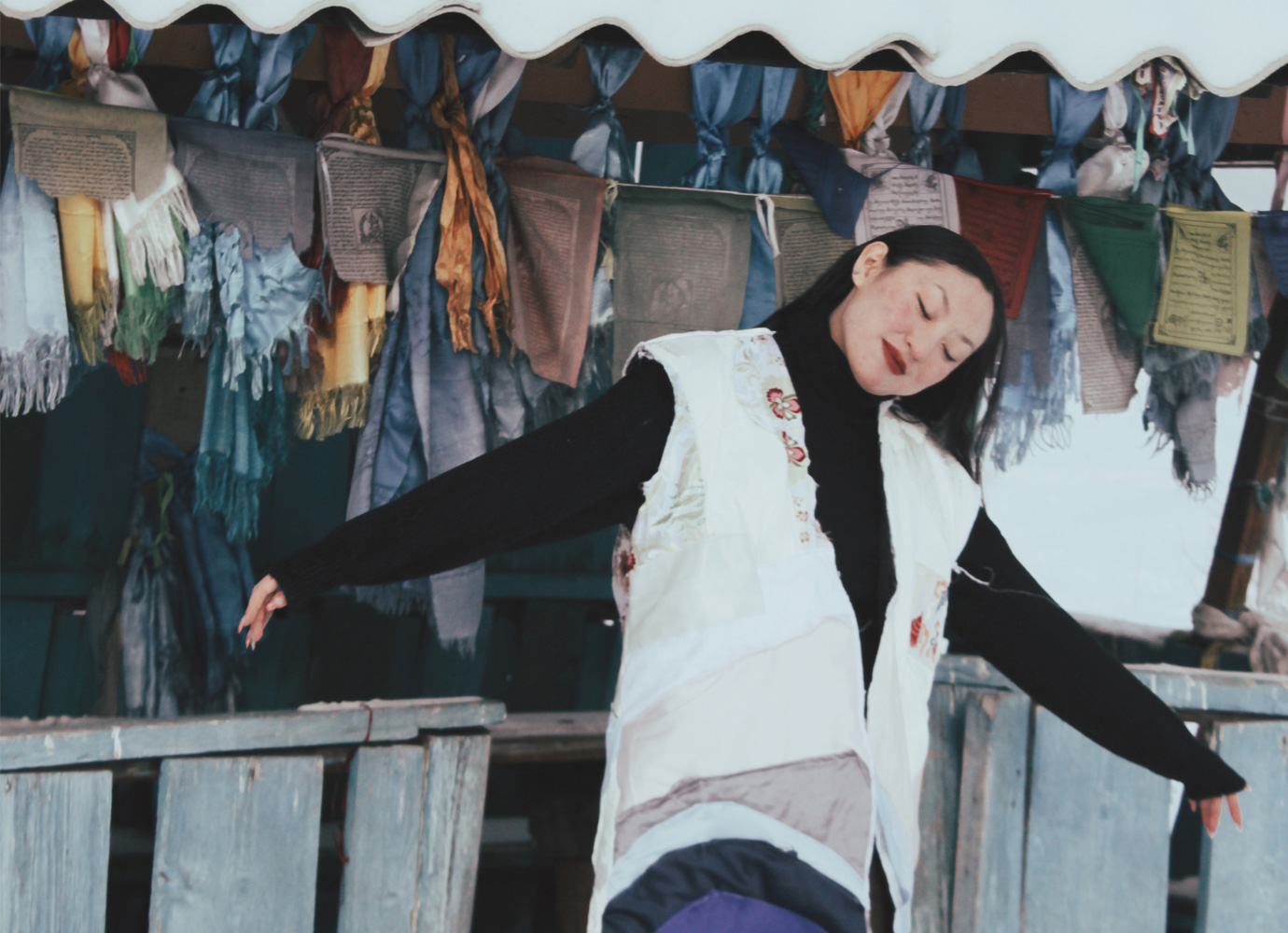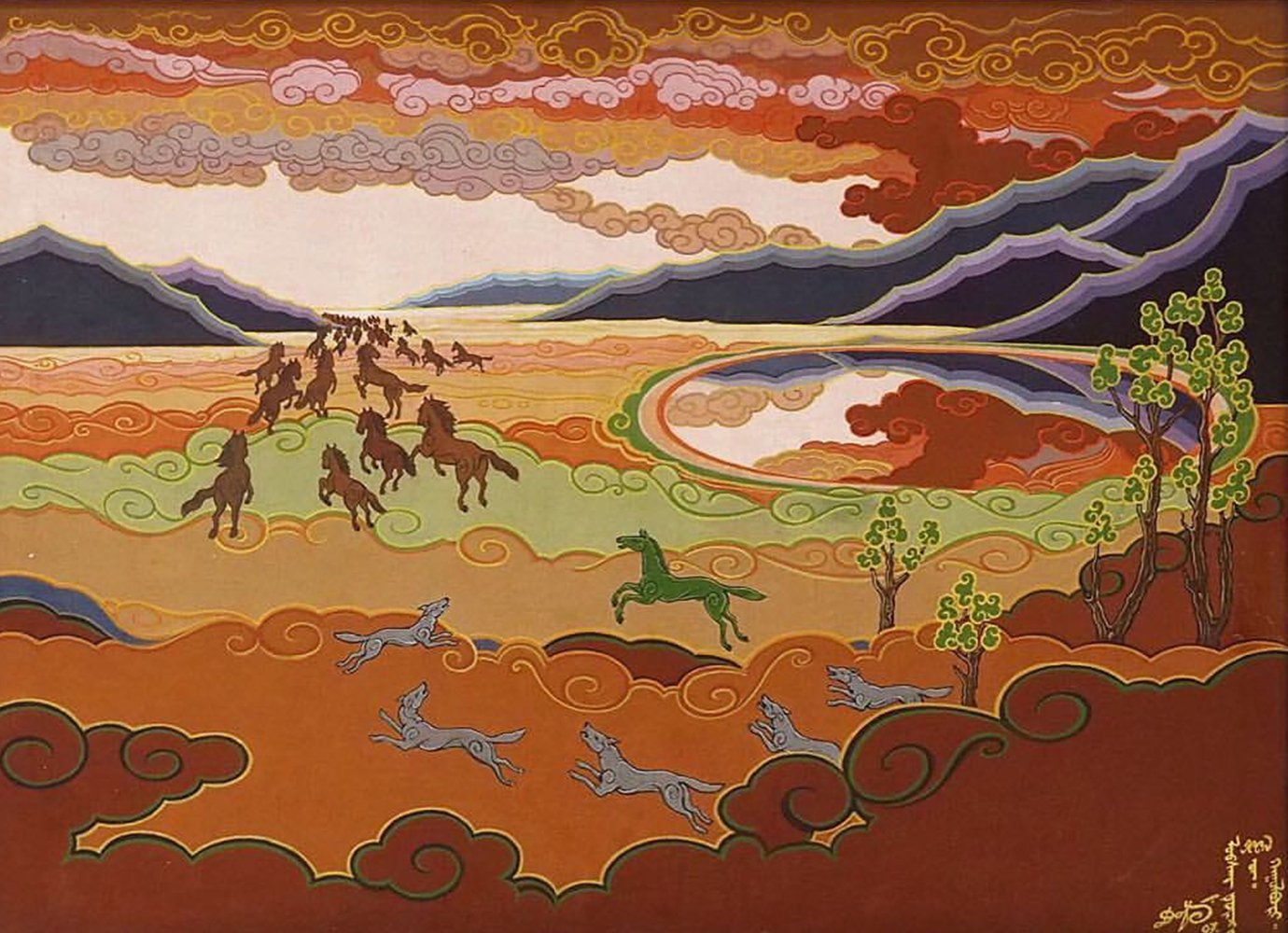Sagaalgan: Buryat New Year kicks off with Buddhist rituals and bonfires in eastern Siberia
This week marks the start of the lunar calendar, heralding the Year of the Tiger. Lunar New Year is celebrated across South-East Asia, but also in regions of Russia with small to sizeable Buddhist populations. The Siberian republics of Buryatia, Tuva, and Altai, as well as Kalmykia in the Russian Caucasus, all celebrate the New Year twice.
In Buryatia, a republic wedged between the taiga of eastern Siberia and the vast steppes of Mongolia, New Year festivities are a month-long affair called Sagaalgan. Traditionally, the events and rituals that make up the so-called “White Month” originate from both Buddhist and shamanistic practices, representing rebirth, renewal, and cleansing bad karma before the year ahead. But today, Buryat New Year has also become a special occasion for large families to come together, connect with relatives, and ensure the survival of Buryat customs. (Gift-giving and an old, white-bearded man are also thrown into the mix). In the Soviet era, many Buryat holidays and customs — including Sagaalgan — were banned; but today, the Buryat New Year brings together religious and secular traditions and people of many different generations.
In January 2021, photographer Katya Churbakova travelled from Moscow to Ulan-Ude by train to spend two months in the Republic of Buryatia. In her own words, she shares how the city comes together to celebrate the Lunar New Year, with age-old rituals, symbolic dishes, and holiday fun.
The most important public events during the Buryat New Year are held in datsans — monasteries and monastic universities. These include public prayers and rituals, during which time Buryatia’s lamas, or spiritual leaders, make predictions for believers for the next year. Khural is a prayer service that is held two days before the holiday kicks off. It is followed by the ceremony of spiritual purification — the Dugzhuub ritual — that takes place on New Year’s Eve.
A sor is a tall pyramid topped with a skull made of slats, paper, and dough. It is specially prepared for the Dugzhuub ritual and symbolises the human sins acquired during the year. It is usually forbidden to take pictures in datsans, and I wouldn’t have been able to shoot this series without the support of local people, who helped me negotiate access.
Dugzhuub is a ritual bonfire on the datsan grounds. During the event, lamas will recite mantras and the sor is set on fire — a way of casting out the misfortunes from the past year, including bad thoughts, illnesses, or sins. Once the mantras have been read, the spiritual leaders must return to the datsan without looking back at the fire.
Preparations for the holiday also begin at home among relatives. On the last day of the year, it is customary to stay up all night. Often, the whole family will come together to make buuzy dumplings. Those who are religious will visit the Khural, a prayer service in the datsan, or pray at home at an altar decorated for the occasion. Many Buryats also wear traditional clothes during the Sagaalgan celebration.
As it is called the “White Month”, the festive table should include predominantly white food: milk, cottage cheese, sour cream, cheese, salamat (a thick porridge or jelly made from fried flour), and boova (unleavened cakes). Of course, Buryat traditional cuisine is famous for its meat dishes: bukhler lamb stew, buuzy dumplings, stuffed kidneys, and blood sausage, among others. While the Soviets invented the “herring in fur coat”, a classic salad still eaten on 31 December, the Buryats eat hugabsha, known as “liver in a shirt“. It is believed that the more New Year’s Eve treats and guests you have, the richer and more fortunate the coming year will be.
Here, the Norboev family is preparing a plate of dalga sweets to be put on the altar as an offering to the deities. On a large dish, sweets are laid out in tiers in a circle: cookies, sweets, marshmallows.
On the first day of the New Year, a large festive concert is organised on Ulan-Ude’s main square, featuring local music, and Russian and Buryat dancing. During the festivities, Ded Moroz, the Russian equivalent of Father Christmas, and the Buryat White Elder both come on stage. They congratulate people on the New Year in Russian and Buryat respectively.
The Sagaalgan celebration is inseparable from the image of the White Elder. Many merely consider him to be the equivalent of Ded Moroz, but this is not the case: the White Elder is a Buddhist deity. Wherever he goes, it is believed that the White Elder brings peace and balance. He is revered as the patron of longevity, wealth, happiness, family well-being, procreation, and fertility, and is a custodian of people and wild and domestic animals alike.
In modern Buryatia, the White Elder even has his own official residence. Just as Ded Moroz is “registered” as living in the northern town of Veliky Ustyug, the White Elder also officially “lives” in a large yurt in Verkhnyaya Berezovka, in the north of Ulan-Ude.
In Buryatia, winter temperature can drop to -40C. In this photo, dancers are pictured warming up before going on stage in the central square of Ulan-Ude.
The square is beautifully decorated before the festivities; slides are installed for the kids and a market is opened for adults.
On New Year’s Day, it’s difficult to avoid traffic jams across the city, as this is when everyone makes their way to datsans or other holy places to decorate the trees with multi-coloured flags called chii morins. Containing prayers, personal messages, or names of close family members, the flags stay up all year. The ritual is believed to bring good luck and prosperity.
During my stay, I visited the Buryat National Theatre of Song and Dance Baikal, which prepares an annual festive programme for the Sagaalgan holiday that includes ballet, orchestra, and vocal performances. The Baikal Theatre is the epicentre of traditional Buryat folk culture, and is one of the leading creative teams in Russia.
At the Ethnographic Museum of the People of Transbaikalia Culture in Ulan-Ude, I was invited to photograph a performance by a folk ensemble called Toonto. The venue also held a dumpling eating competition, with contestants all trying to finish plates worth of the national dish buuzy. If they weren’t full already, the winner received several packs of frozen buuzy to take home with them.
In 2021, it was not clear whether the festive event would take place until the last moment. Most of the festivities carried on as usual in the midst of the pandemic, although datsans organised live broadcasts for the Khurals prayer service. Most elderly people chose to celebrate the holiday at home, and the number of people allowed into the datsan was also limited.
